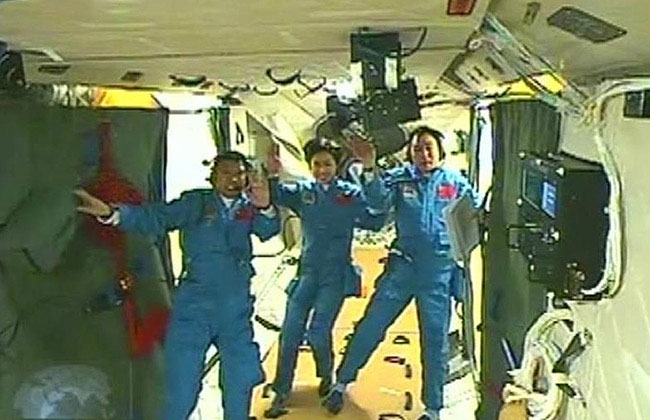Making a Difference - China National Space Administration

The China National Space Administration (CNSA) is in the midst of another banner year. After launching a record 19 times in 2011, surpassing the United States for the first time, China is on pace to notch at least a baker’s dozen space launches this year.
In June, China became the third nation after the United States and Russia to complete an on-orbit docking of a manned spacecraft. Three Chinese taikonauts — including China’s first woman in space, 33-year-old air force pilot Liu Yang — returned to Earth in their Shenzhou 9 space capsule June 29 after completing autonomous and manual dockings with the unmanned Tiangong 1 space module. The mission, China’s fourth human spaceflight since it joined the United States and Russia in 2003 as the only nations capable of launching people to orbit, keeps the People’s Republic on track to field a three-person space station by 2015.
There was a dark spot for China’s burgeoning space program in 2011: The failure of a Long March 2C rocket carrying an experimental satellite in what was the CNSA’s third launch attempt in a seven-day period. The launch mishap was China’s first since 2009, when an underperforming Long March 3B left Indonesia’s Palapa-D telecommunications satellite in the wrong orbit. But exactly one month later, China was back in the saddle with the successful launch of the ChinaSat-1A communications satellite. Nine more launches followed in rapid succession. China’s enviable launch tempo continued into 2012, with 10 more successes on the books by mid-June.
Needless to say, the rest of the spacefaring world is taking notice.
Related
ncG1vNJzZmiroJawprrEsKpnm5%2BifK6tyqKloGWUnrOnsdGepZydXZi1qrrAZqWarJmku6K4jKynmpuVYq6lucinoKysopbBqrvNaA%3D%3D